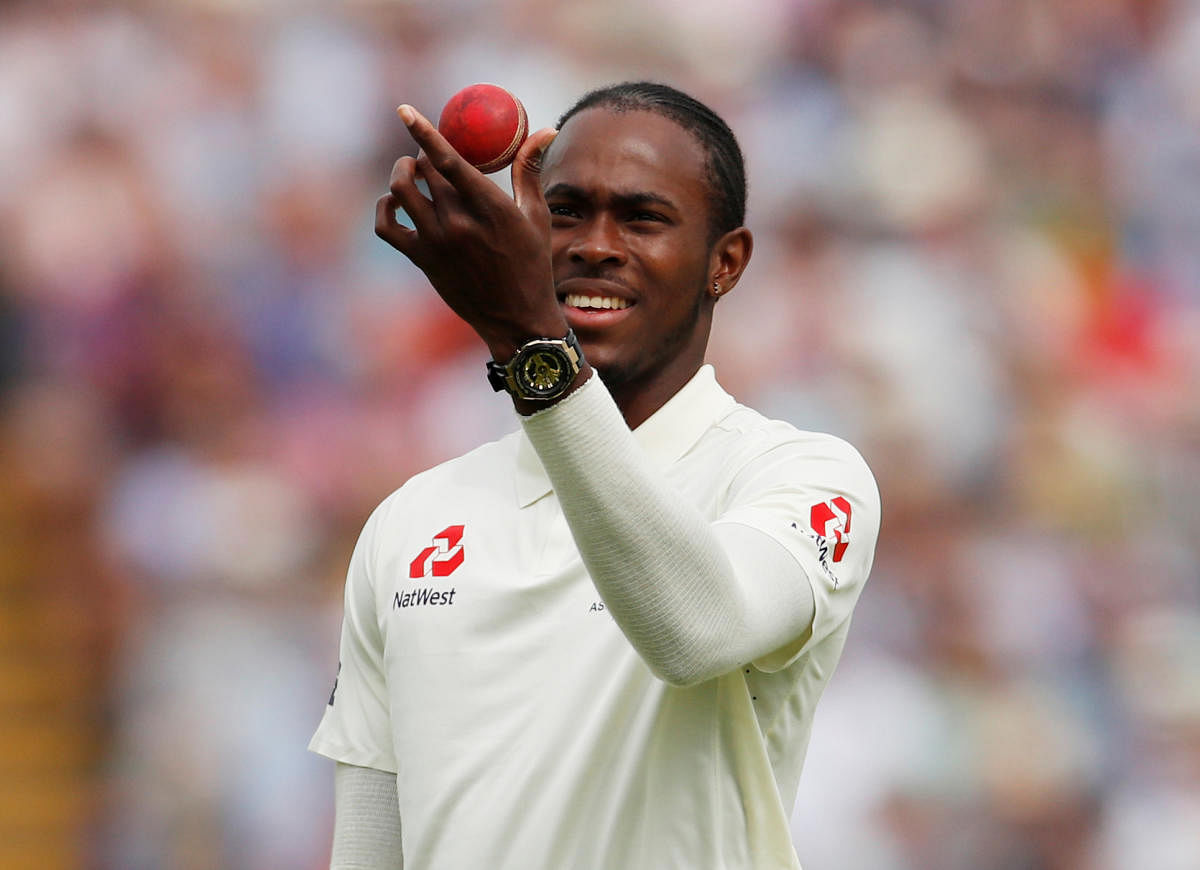
As cricketers and its purveyors come to terms with a siege of new norms, big-name ball manufacturers are groping in the dark.
The anti-saliva campaign had gained serious traction over the last couple of months, culminating with the International Cricket Council’s Cricket Committee -- based on the recommendation of the body’s medical team -- banning the use of saliva ‘to mitigate the risks posed by Covid-19 and protect the safety of players and match officials’.
Though sweat is allowed, bowlers have historically relied predominantly on saliva to shine the ball, to extract swing and reverse swing. The bowlers will now be at a disadvantage. To counter this fallout in the balance between bat and ball, Sanspareils Greenlands (SG), which manufactures cricket balls used in Tests in India, is going back to the lab to see how they can redress the issue.
“A few days ago Anil Kumble spoke about how instead of looking at changing the ball too much, you should rework the pitches so as to help balance the game,” said Paras Anand, SG’s director. “I think that’s a great suggestion. This way I won’t have to do much (laughs). See, saliva is out of the equation and that severely hampers fast bowlers; doubt they’ll be able to reverse swing anymore.
“What we are doing right now is looking at all the ways we can give the bowlers some advantages. In that effort, we’ve made the seam more prominent so there can be some help in lateral movement, creating a harder core so that the ball will bounce more. Obviously, we can’t change the dimensions of the ball but we can tweak it a bit to help the bowlers. Also, we can add one more layer of lacquer to extend the lifespan.”
“We will have to wait for the BCCI’s Technical Committee to come to us before we ‘standardise’ anything,” he added.
Paras also noted that the ‘good old days’ of sharing cricket kits will, unfortunately, die out, but it will give birth to new and more hygienic practices.
“There will be sanitisation units inside every dressing room and you’ll have to wash your hands every time you use any equipment. Sadly, there’s very little I, as an equipment manufacturer can do,” he says before adding that they are currently working on a face mask to help cricketers breathe better while playing.
While SG is preparing for the future by experimenting, Dilip Jajodia remained steadfast in a tried and tested process. “There will be no change in the way I manufacture a ball,” said Jajodia, who is the India-born owner of British Cricket Balls Limited - the company that manufactures the Dukes balls. “The Dukes ball doesn’t need saliva because we have grease already infused in the leather. If you give it a vigorous polish, you can manage.”
In any case, the conditions in England don’t really aid reverse swing as much as they do in the sub-continent.
Jajodia also defended his reason for not wanting to tweak with the seam, which as it is is quite prominent. “The fundamental shape of the Dukes ball, which is fully hand-stitched, is different from a machine-stitched ball. If you look at the Dukes ball along the seam, the shoulders drop down much more like a circle than other balls that go out like an apple. The hand-stitched ball creates a rudder which helps it swing and the latter is not the right shape for swing and it goes soft. So it is not just about the shiny side.”